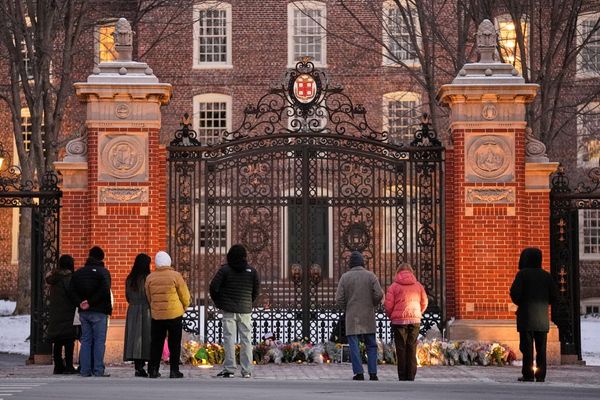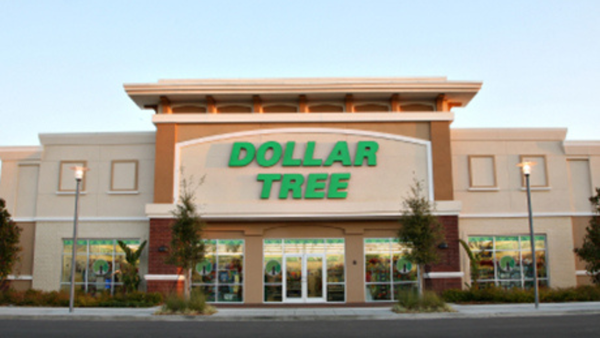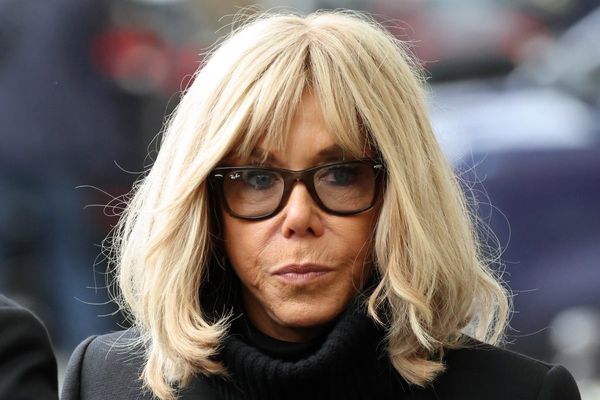
The bright, cheery signs dot the shoreline like epistles from another era, a time before the calamity.
“Ballyronan marina is a picturesque boating and tourist facility on the shores of Lough Neagh,” says one. “Contours of its historical past embrace the virginal shoreline.”
Another sign boasts that the “rich ecological diversity and abundance of salmon and eels” has sustained communities there for thousands of years, since the stone age.
A roadside billboard declares the Lough Neagh Fishermen’s Cooperative Society to be Europe’s biggest producer of wild eels. Yet another sign tells visitors that this majestic landscape of water and sky inspired Seamus Heaney’s Nobel-winning poetry.
Beauty, ecology, heritage, tourism, fishing – the UK’s biggest lake, sitting in the heart of Northern Ireland, had bragging rights to fill a hundred signs. But now they line the shoreline as testaments to hubris because of an environmental disaster.
The 400 sq km (150 sq mile) freshwater lough is choking on recurring toxic algal blooms that coat the surface, kill wildlife, unleash stenches and make the lake all but unusable. Eel fishing has been suspended and tourists have fled.
The lough and surrounding watercourses are on course to record their worst year, with at least 171 detections of cyanobacteria (blue-green algae) growths, according to a government pollution tracker. The algae’s return was a “distressing but timely reminder of the need to urgently turn the tide on the ecological crisis”, Northern Ireland’s environment minister, Andrew Muir, said in a statement.
The main cause is an overload of phosphorus and nitrogen from agriculture, including farm runoff, fertilisers and animal waste. Inadequate wastewater treatment facilities and septic tank leakage aggravate the problems. Additional factors are sand extraction, warming water and proliferating zebra mussels, an invasive species.
The Stormont executive agreed a rescue plan last year but has balked at reining in polluters, prompting condemnation from Claire Hanna, leader of the Social Democratic and Labour party: “Lough Neagh is dying in front of our eyes. Images of fish and eels gasping for life on the surface are not just shocking – they are a stark warning of total ecological collapse.”
This week an activist, Bea Shrewsbury, attempted to present a “Lough Neagh smoothie”, drawn from the lake, to assembly members at Stormont. Police escorted her away.
The lough supplies 40% of Northern Ireland’s drinking water, which is treated and said to be safe. Not everyone is convinced. “I’ve not drunk from the tap in a year,” said Brigid Laverty, 67, who lives by the lake. This week the Food Standards Agency said toxins have been found in the flesh of some fish for the first time but that commercially harvested fish remained safe to eat.
The water should be light brown but has turned green, said Peter Harper, an environmental officer with the Lough Neagh Partnership, a nonprofit group. In some places the sludge – so widespread it is visible from space – forms mosaic-type patterns and swirls redolent of Gustav Klimt, said Harper. “It can be weirdly beautiful.”
The impact on wildlife is incalculable, making the tourism-themed shoreline signs a grim joke. “What lies beneath?” says one. “A world of ancient history and astounding myths is waiting just below the surface. What unique creatures have made the lough their home?”
Another sign exhorts visitors: “This special place deserves respect … please keep dogs on leads.” It urges swimmers to be careful because conditions can change fast. But there are no swimmers, and virtually no boats, because there is no demand and algae clogs engines.
A more recent sign, tacked to a lamp-post at Ballyronan marina, is more up to date: “Spotted a dead wild bird? Use the DAERA dead wild bird reporting tool service if you find dead gulls, waders, ducks or swans.”
DAERA is the department of agriculture, environment and rural affairs – a bureaucracy that critics say prioritised the farms and agrifood companies that expanded pig, chicken and cattle numbers in the past decade and overloaded the soil’s ability to absorb nutrients. They did so with official blessing in a “going for growth” strategy.
“It was not thought through,” said Gerry Darby, the manager of the Lough Neagh Partnership. “I’ll put it another way. The guy who did the calculations about nutrient levels knew fuck all about fuck all.”
Muir, of the Alliance party, said his department had completed or made good progress on most of the 37 points in an action plan agreed last year, but said Stormont faced “difficult decisions” over key measures. Sinn Féin and the Democratic Unionist party, who dominate the executive, appear to have stalled the nutrients action programme over fears of a farmer backlash.
Darby said there was no magical solution, only trade-offs, but still expressed confidence that politicians would take the necessary measures. “The lake is not dead,” he said. “It could be dead if things continue as they are.”







